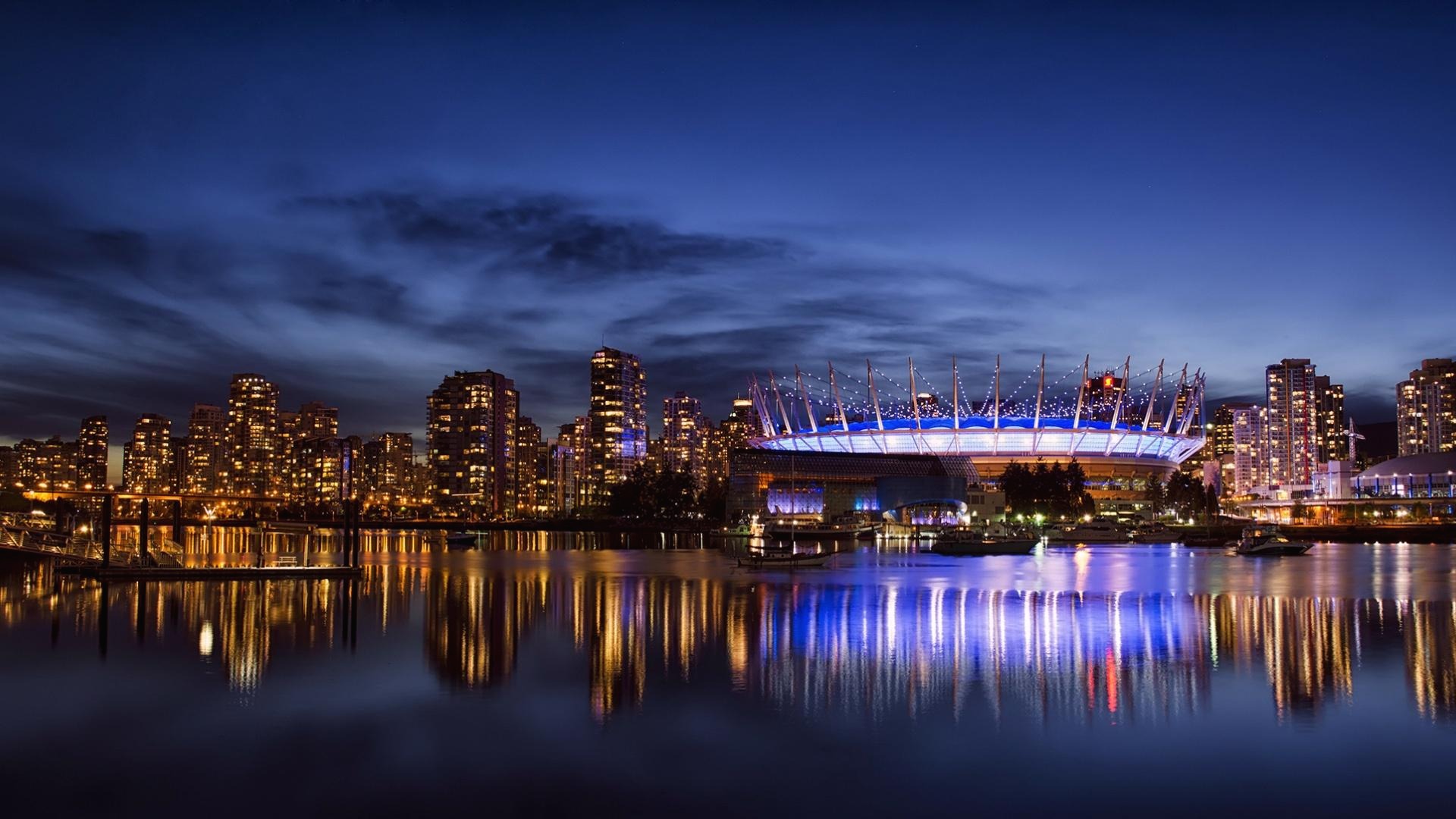Air Liquide Secures Germany’s First RFNBO Certification for Renewable Hydrogen
Air Liquide has officially become the first supplier in Germany to receive Renewable Fuels of Non-Biological Origin (RFNBO) certification for its renewable hydrogen. This pivotal certification, granted to the hydrogen produced by the company's PEM electrolyzer "Trailblazer" located in Oberhausen, marks a significant advancement in Germany's renewable hydrogen market.

By achieving RFNBO status, Air Liquide enables its hydrogen to be officially recognized as a greenhouse gas-reducing fuel, directly assisting mobility and industrial sectors—including refineries and chemical producers—in meeting their ambitious climate objectives.
Air Liquide's Chairman of the Supervisory Board, Gilles Le Van, expressed gratitude towards all involved parties: "Our Chairman of the Supervisory Board, Gilles Le Van, thanked the dedicated Air Liquide teams, the Federal Environment Agency for their constant cooperation and DEKRA Germany for their professional and efficient support in achieving this goal."
With this certification, Air Liquide continues to set precedents and solidify its position at the forefront of Germany’s evolving hydrogen economy, remaining true to the pioneering spirit suggested by the electrolyzer’s name, "Trailblazer."
Source: Fuel Cells Works
'New Energy' 카테고리의 다른 글
| 旭化成が新中計で営業利益目標2700億円を策定 トランプ関税の影響とは? (0) | 2025.04.15 |
|---|---|
| HydePoint and Nel Hydrogen partner to advance offshore and nearshore hydrogen production (0) | 2025.04.14 |
| China achieves breakthrough in solar-powered water splitting for hydrogen production (0) | 2025.04.11 |
| Sunlight and Seawater Lead to Low-Cost Green Hydrogen, Clean Water (0) | 2025.04.11 |
| 月面で再生エネルギー実現へ…本田技研、「水電解セル」ISSで試験 (0) | 2025.04.11 |



